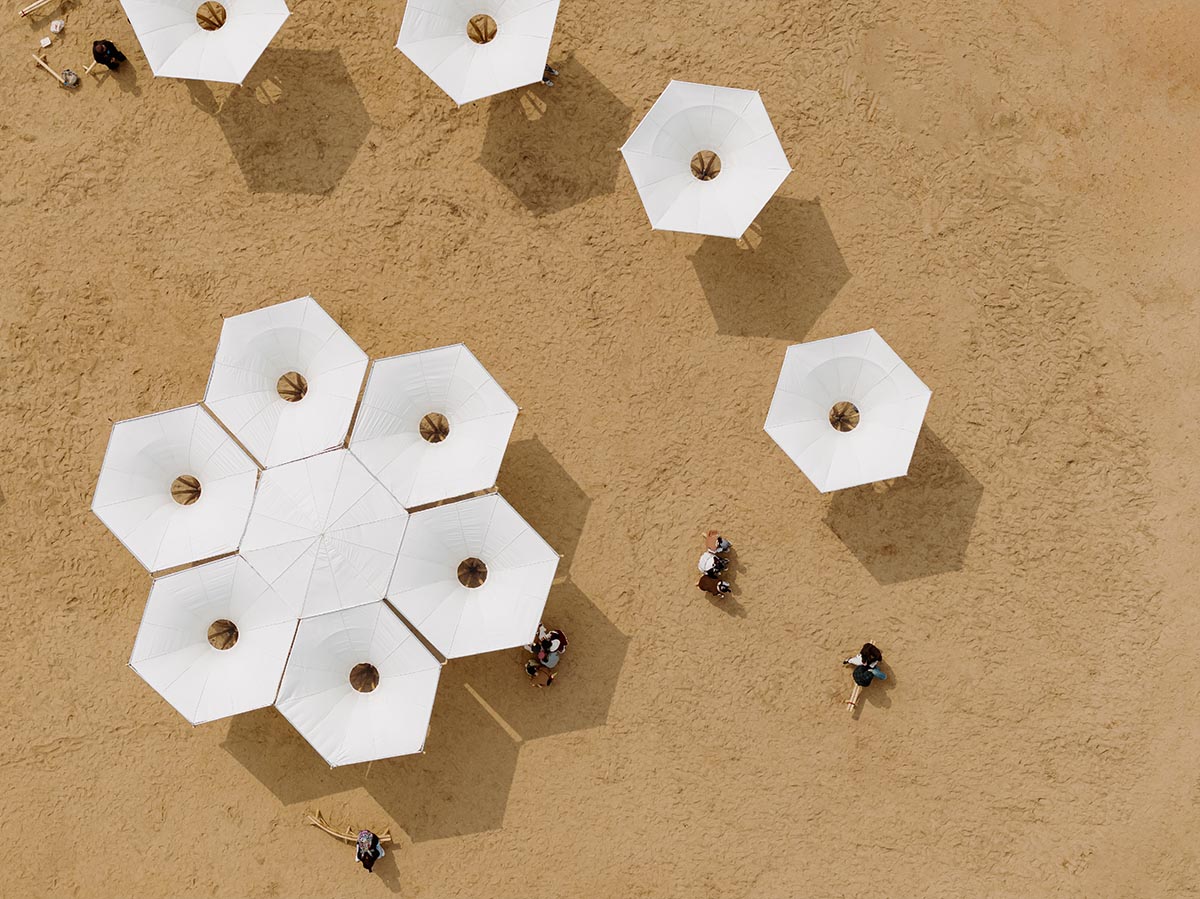
THENEXTWEB.COM
The 5 hottest scaleups in France enter TECH5’s ‘Champions League of Technology’
Five flourishing French scaleups have made it into TECH5 — the “Champions League of Technology.”
The quintet will now compete for the title of top scaleup in Europe. The contest concludes on June 19-20, when the TECH5 champion will be announced on the main stage of TNW Conference. But first, the contenders have to win a regional crown.
For the French challengers, that’s no easy task.
The country’s tech sector has been going through a historic boom. Over the past decade, the startup scene has seen the most dramatic growth of any European country, with investments surging nearly 1000% to €53bn, according to VC firm Atomico.
The 💜 of EU techThe latest rumblings from the EU tech scene, a story from our wise ol' founder Boris, and some questionable AI art. It's free, every week, in your inbox. Sign up now!One of the largest recent funding rounds went to French AI darling Mistral. In June 2024, the Paris-based company raised €468mn and became Europe’s most valuable AI startup.
France’s blend of highly skilled talent, increased government support, and expanded investment streams has created fertile ground for tech firms to grow. This has laid the foundation for an impressive flock of scaleups.
Yet only five of them could enter the TECH5 finals. Our judges selected them based on an analysis of their growth, impact, and future potential. Their evaluation led us to the following high-flying scaleups, listed in random order:
1. Kinetix
A frontrunner in the thriving AI scene of Paris, Kinetix specialises in 3D character animation for games. Using GenAI tools, the company transforms camera footage and text prompts into precise animations. AI filters can then add extensive customisations to the visuals.
The platform makes 3D content creation accessible to anyone.
“At Kinetix, we believe character motion is at the heart of storytelling,” the scaleup told TNW. “Whether in games, entertainment, or branded content, movement brings digital characters to life and creates meaningful, engaging narratives.”
Kinetix is best known for its embeddable AI emote feature, which lets players create and use custom emotes in-game. It’s a concept that has attracted booming demand. Fortnite alone has over 1,000 emotes. By 2030, the digital human avatar market is forecast to reach over €450bn.
2. Kovalee
Kovalee has developed a powerful publishing platform for non-gaming apps. The scaleup wants to give every promising content creator a chance to build the best app in their field — regardless of their resources.
Through product enhancement, monetisation boost, user acquisition, and app store optimisation services, Kovalee has fostered numerous success stories. Several have become category leaders in the App Store, from stretching platform Bend to motivational companion PetTalk.
The model has fostered a rapid rise for Kovalee, which was founded in 2020. Last year, the company topped Sifted’s list of France’s fastest-growing startups after an eye-catching 626% two-year revenue growth.
VC firm Iris, which led an €8mn Series A investment in the company in 2023, said Kovalee has “the potential to become the leading non-gaming publishing platform.”
3. Swan
One of Europe’s premier fintechs, Swan provides a straightforward route to embedding banking features. Via simple APIs, companies can quickly integrate services including accounts, cards, and payments into their own products.
Swan was founded in 2019 by three fintech veterans and seasoned entrepreneurs. The trio had first-hand experience with the frustrations of embedded finance, from the interminable meetings and piles of paperwork to the clunky APIs. They launched Swan to offer an alternative.
Nicolas Benady, the company’s CEO and co-founder, has an ambitious goal for the business: “Swan is on a mission to build the leading tech-driven bank in Europe.”
Investors have been impressed by the plans. In January, Swan announced it had raised €42mn, bringing the scaleup’s total funding to an estimated €100mn.
4. Qovoltis
Qovoltis has created an innovative all-in-one EV charging solution. It comprises a smart charging station that adjusts power in real time, a mobile app for remote management, and a novel energy optimisation system.
Last year, Qovoltis expanded its product line with the launch of the Qobox mini, an ultra-compact smart charger. The model is the first charging station to earn an “Origine France Garantie” certificate — a guarantee of French production and quality. It also won the Made in France Innovation Grand Prix 2024.
The milestone year culminated in a €45mn Series A funding round. Qovoltis president Ehsan Emani — who founded the company in 2019 — described the cash injection as a “decisive step” for the business. “It will enable us to expand our commercial offerings and solidify our role in the transition to sustainable electric mobility,” he said.
5. Dalma
Dalma has pioneered a new approach to pet insurance. The company’s insurance reimburses all veterinary expenses within 48 hours — with no excess or hidden fees.
Founded in 2021, Dalma has rapidly expanded — and still has enormous growth potential. Nearly half of European households have a pet, on which they collectively spend an estimated €24.6bn annually, opening up a lucrative market for insurers.
Investors have identified Dalma as one of the industry’s front runners. Last month, the company raised €20mn, taking its total funding to over €50mn, according to Bounce Watch data.
“Our ambition for Dalma is to build the pet insurance leader in Europe — one that not only provides financial protection but also fundamentally improves pet healthcare,” Dalma told TNW.
What’s next for the French scaleups?
The fabulous French five will compete for the TECH5 title with contenders from six other regions. At TNW Conference in June, the grand champion will be crowned Europe’s hottest scaleup.
The challengers from France, Benelux, the Nordics, and DACH have now all been chosen. Next week, we reveal the finalists from another region in the tournament: Southern Europe.
TECH5 is part of a packed programme for TNW Conference, which takes place on June 19-20 in Amsterdam. Tickets for the event are now on sale. Use the code TNWXMEDIA2025 at the check-out to get 30% off the price tag.
Story by
Thomas Macaulay
Managing editor
Thomas is the managing editor of TNW. He leads our coverage of European tech and oversees our talented team of writers. Away from work, he e
(show all)
Thomas is the managing editor of TNW. He leads our coverage of European tech and oversees our talented team of writers. Away from work, he enjoys playing chess (badly) and the guitar (even worse).
Get the TNW newsletter
Get the most important tech news in your inbox each week.
Also tagged with
0 Kommentare
0 Anteile
31 Ansichten












